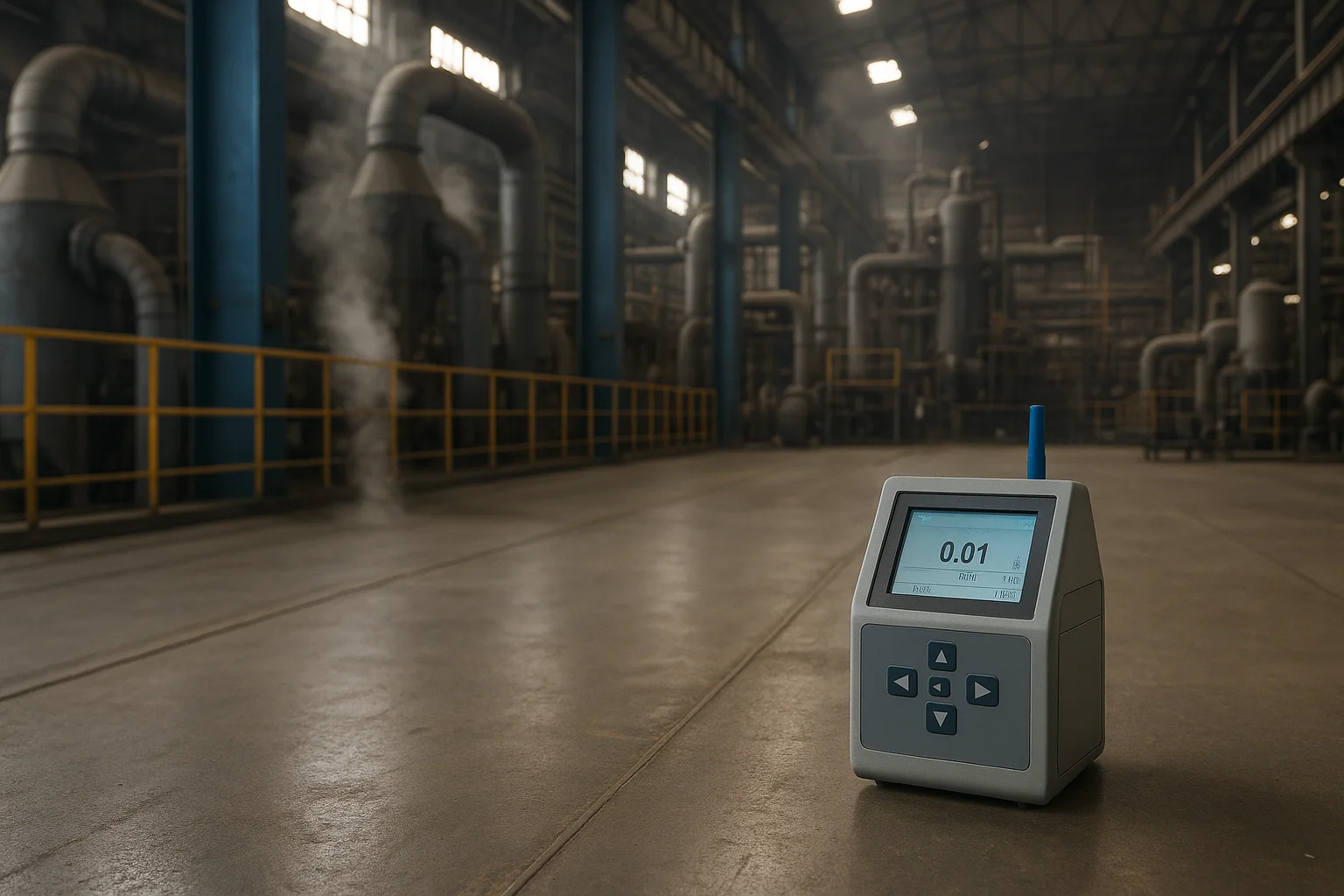Home / Blog / Industrial Hygiene & Occupational Health in Qatar: A Safer Workplace for a Sustainable Future
Introduction: Why Industrial Hygiene & Occupational Health Matter in Qatar
In Qatar’s rapidly developing economy, maintaining a healthy and safe work environment is no longer a choice—it’s a necessity. Industrial hygiene and occupational health are two critical pillars ensuring workers’ physical and mental well-being while supporting national productivity. From high-temperature environments to petrochemical exposure, workplace hazards in Qatar’s key industries demand proactive safety strategies.
This article explores Qatar’s growing focus on workplace health, emerging regulations, industry-specific risks, and the resources available to ensure compliance and employee safety.
What is Industrial Hygiene & Occupational Health?
Industrial hygiene refers to the science of anticipating, recognizing, evaluating, and controlling environmental factors in the workplace that may cause illness, injury, or discomfort. These include chemical, physical, ergonomic, and biological hazards.
Occupational health focuses on maintaining and promoting workers’ overall health and safety through preventive healthcare, monitoring, and wellness initiatives.
Together, they form the backbone of any successful health and safety management program, and are closely supported by services such as Carbon Management & GHGs and Occupational Exposure Risk Assessments from Waey.
Qatar’s Regulatory Framework: New Policies Leading the Way
In 2025, the Qatari government intensified its commitment to worker welfare through:
-
Biannual Occupational Health Reporting: Employers must now submit twice-yearly reports on occupational illnesses, injuries, and risk assessments—even if incidents are zero. (Labor Law No. 14 of 2004)
-
MoPH & WHO Collaboration: The Ministry of Public Health (MoPH), in partnership with the WHO Regional Office, launched advanced training in occupational and environmental medicine as part of Qatar’s National Health Strategy 2024–2030.
These initiatives aim to boost compliance and ensure companies adopt a culture of prevention, not just correction. Environmental professionals can seek help through Waey’s Environmental Impact Assessment service.
Common Workplace Hazards in Qatar
Based on recent studies across GCC nations, including Qatar, key occupational hazards include:
1. Ergonomic Hazards
-
Poor workstation designs
-
Manual handling injuries
-
Musculoskeletal disorders
2. Chemical Hazards
-
Exposure to petrochemicals, solvents, pesticides
-
Inhalation of dust and fumes on construction sites
3. Physical Hazards
-
Heat stress from extreme temperatures
-
Needlestick injuries in healthcare
-
Radiation in industrial settings
4. Biological Hazards
-
Exposure to viruses, bacteria, and parasites
-
Sanitation risks in labor accommodations
A 2024 review published in PLOS ONE stressed that physical and chemical risks are among the most commonly reported across Qatar’s major industries.
Rising Heat Stress & Worker Safety
One of Qatar’s most pressing challenges is heat stress, especially among migrant workers in outdoor environments. According to a report by Equidem (2024), workers are often exposed to temperatures above 45°C, resulting in:
-
Dehydration and fatigue
-
Heat strokes and cardiovascular stress
-
Reduced productivity and mental focus
The government has introduced midday work bans during peak summer hours, but enforcement and worker education remain crucial. Learn more about mitigation from Waey’s Heat Stress Risk Assessment service or Air Quality Monitoring.
Industry-Specific Focus: High-Risk Sectors
🏢 Construction
-
High exposure to physical and ergonomic hazards
-
Falls from heights and machinery accidents
💉 Healthcare
-
Biological risks from pathogens
-
High stress and burnout levels
🚧 Oil & Gas
-
Chemical exposure from hydrocarbons
-
Noise-induced hearing loss
-
Risk of fire and explosions
Leading Providers of Hygiene & Health Services in Qatar
Several private and public institutions are driving the improvement of occupational health services:
QSAFE Qatar
-
Offers BOHS-accredited OHTA500 training
-
Covers hazard assessments, control strategies, and monitoring tools
SGS Qatar
-
Delivers occupational hygiene monitoring
-
Provides chemical and biological risk assessments
Applus+ Qatar
-
Conducts industrial hygiene audits
-
Specializes in workplace radiation and contamination evaluations
These providers offer tailored solutions aligned with Qatari labor laws and international best practices. Additionally, companies can consult Waey’s Health & Safety Training services for team readiness and compliance.
Best Practices for Employers in Qatar
To stay compliant and safeguard their workforce, companies should:
-
Conduct routine risk assessments across all operations
-
Implement employee training on PPE, chemical handling, and emergency procedures
-
Introduce heat management protocols (hydration breaks, shaded rest zones)
-
Appoint certified occupational health officers for regular monitoring
-
Adopt digital tools for incident reporting and compliance tracking
The Role of Technology in Workplace Safety
Smart systems and data-driven tools are transforming Qatar’s occupational health space. Examples include:
-
Wearable heat sensors for outdoor workers
-
IoT-based air quality monitoring in factories
-
Mobile health tracking apps for onsite consultations and reporting
These technologies work hand-in-hand with monitoring tools offered through Waey’s environmental services.
Building a Safety Culture: The Long-Term Vision
More than compliance, companies must work to embed a culture of safety at all levels. This involves:
-
Regular leadership communication on safety importance
-
Recognition of safety champions among staff
-
Investment in continuous health surveillance and well-being programs
A safe workforce is not only more productive but also more loyal, reducing turnover and reputational risk.
Final Thoughts: A Healthier Workforce is a Stronger Nation
As Qatar progresses toward its Vision 2030 goals, ensuring workplace health and safety is vital to sustainable development. By strengthening industrial hygiene and occupational health systems, Qatar is investing in a resilient, productive, and ethically grounded labor force.
[Sassy_Social_Share]